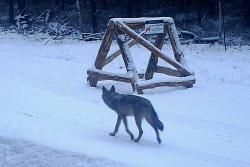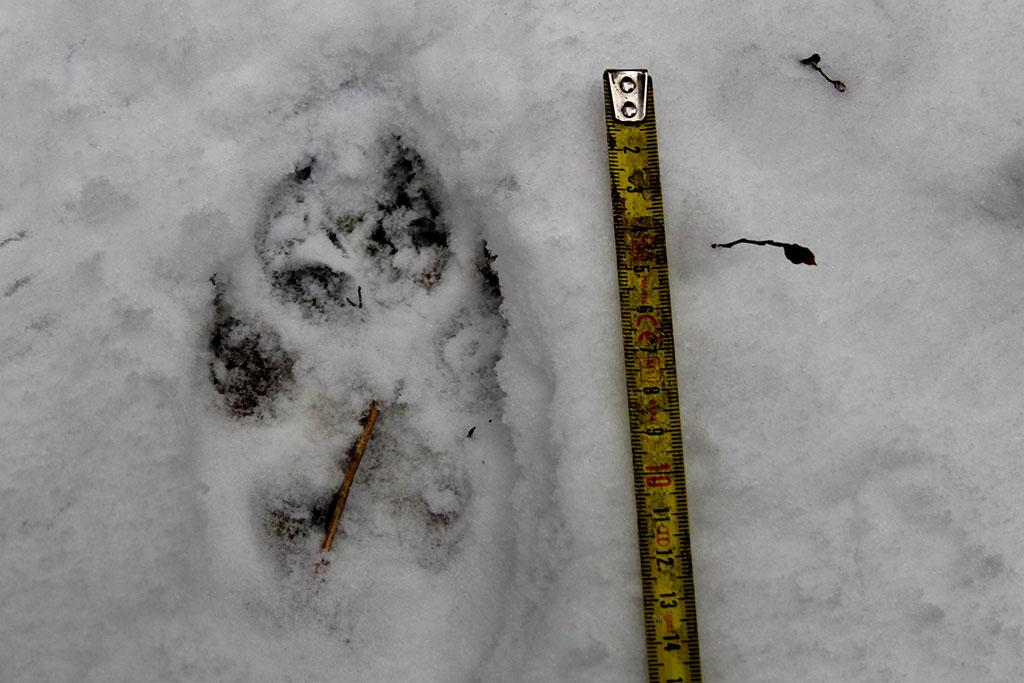
Nature reserves
Landscape-nature protected complexes
Nature parks
Natura 2000 Areas
Natural monuments

Areas of protected ecology
Species protection
 Asset Publisher
Asset Publisher
 Asset Publisher
Asset Publisher
Wilk w Lasach Nadleśnictwa Szprotawa
Wilk w Lasach Nadleśnictwa Szprotawa
 Wilk w lasach Nadleśnictwa Szprotawa. Fot. monitoring leśny
Wilk w lasach Nadleśnictwa Szprotawa. Fot. monitoring leśny
 Wilk w lasach Nadleśnictwa Szprotawa. Fot. monitoring leśny
Wilk w lasach Nadleśnictwa Szprotawa. Fot. monitoring leśny
W ostatnim czasie nasz monitoring zarejestrował wilka, przechadzającego się leśnymi ścieżkami.
Zwierze zostało zarejestrowane kamerą leśną dnia 23 stycznia o godzinie 9.14 w okolicach wsi Szprotawka. Był to jednak nie pierwszy incydent pojawienia się go w naszych lasach - wilka spotyka się tutaj bowiem coraz częściej.
Świadczą o nim głównie ślady pozostawione na śniegu przez tego groźnego osobnika, charakteryzujące się sporym rozmiarem odcisku łapy z wyraźnie odznaczonymi pazurami.
Wilki to jedne z najrzadziej występujących drapieżników w Polsce, podlegające ścisłej ochronie. Zwierzęta te żywią się przede wszystkim ssakami kopytnymi, takimi jak: jelenie, sarny czy dziki, nie gardząc jednak również padliną czy znacznie mniejszymi zwierzętami. Zdarza się, że przy niewielkiej ilości pożywienia mogą zaatakować także zwierzęta hodowlane.





![„Naplotkowała sosna, że już się zbliża wiosna.[…] A wiosna przyszło pieszo - Już kwiaty z nią się śpieszą, Już trawy przed nią rosną I szumią: „Witaj wiosno!”. Jan Brzechwa - Przyjście Wiosny](/documents/1226291/0/Wiosna+1.jpg/8e6d02a0-5ffe-d486-49c3-5fac2b3b23c1?t=1711109156614&width=42)

